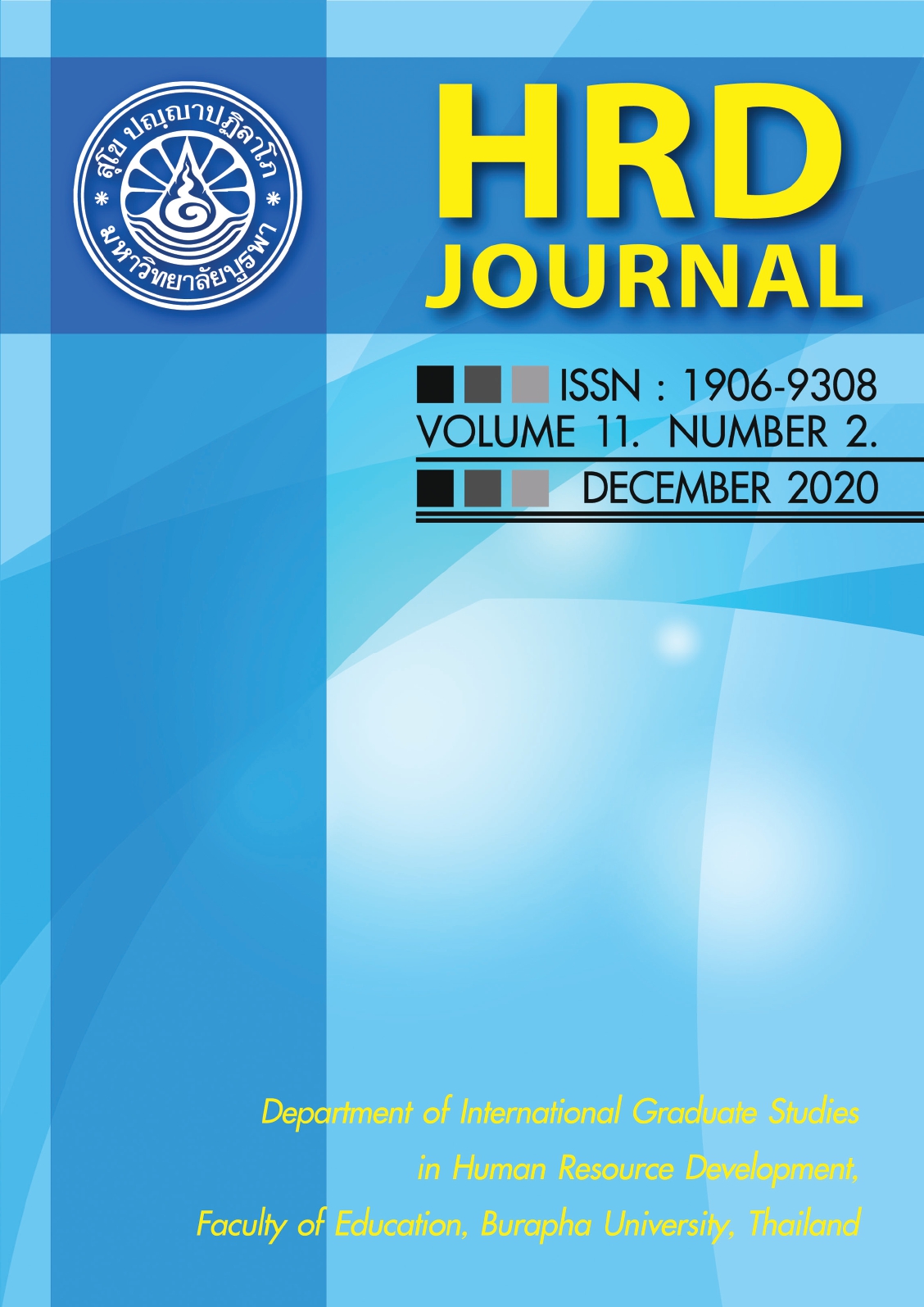The Corporate Governance of the Banks in Thailand
Keywords:
Corporate Governance, Thai Banks, Qualitative Research, Sustainable DevelopmentAbstract
Corporate governance (CG) has received increasing attention from Thai businesses, including banks, since the Tom Yam Gung or Asian financial crisis which began in Thailand in 1997. The two purposes of this study were, first, to investigate the CG policies and practices of three leading banks in Thailand, and, second, to create a CG system or model to incorporate best practice in CG in Thailand. This study used a qualitative research design, while data collection employed qualitative mixed methods paradigm by using the guidelines of Morse (2009). The eight participants in this study were selected by using purposive sampling from the banks which had received awards from the Stock Exchange of Thailand (SET). The data were gathered with face-to-face, semi-structured interviews with open-ended questions, as well as by document analysis. Data analysis began immediately as the data was being collected. Codes were categorized and themes were identified and defined based on a three-phase coding system. Three selective codes of meaning were found to be shared by all participants: Existence of a Corporate Governance Structure, Inclusion of Corporate Governance in the Operation Process, Disclosure and Transparency. The areas of concern in this study were focused on CG in leading Thai banks to achieve sustainable development from the directors’ perspective as the executive and non-executive level administrators.
References
Head of Publications Service. (2004). OECD Principles of Corporate Governance. Paris: OECD Publications Service.
Indrani Chakraborty (2015). How does corruption influence corporate governance? ICRA Bulletin of Money and Finance. Retrieved from http://eds.a.ebscohost.com/eds/detail/detail?vid=1&sid=09a58ee0-1321-4169-870b72effbeaf734%40sessionmgr4001&hid=4210&bdata=
JnNpdGU9ZWRzLWxpdmU%3d#AN=102148024&db=ofm
IOD. (2006). OECD Principles of Corporate Governance. Retrieve September 11, 2011 from http://www.thai-iod.com/en/index.asp
Jaikengkit, A. O. (2004). Corporate Governance and Financial Distress: an Empirical Analysis-the Case of Thai Financial Institutions. OH: Case Western Reserve University.
Morse J., (2009). Mixed method design: Principles and procedures. In J. M. Morse, & L. Niehaus. (Eds.) Developing qualitative inquiry, CA: Left Coast Press.
Morse J. (2010). Simultaneous and sequential qualitative mixed method designs, Qualitative Inquiry, April 23, 2010, 1-9.
OECD (2004). OECD Principles of Corporate Governance, OECD Publications Service.
Payutto, P. O. (2009). Sustainable development. Bangkok: Komol Keemthong Foundation Publishing.
Plessis J. A. C. (2007), Director independence: The strategic disconnect between governance reform and firm performance. Unpublished doctoral dissertation, University of Virginia.
SEC. (2014). Sustainability Development Roadmap for Listed Companies. Retrieved from http://www.sec.or.th/EN/Documents/sd_roadmap_en.pdf
SET (2006). Good governance principles for companies registered in 2006 (In Thai), Retrieved from http://www.set.or.th/th/regulations/cg/center_p1.html
Vijaya Nagarajan, (2014) Banks as regulators of corporate governance: The possibilities and challenges. Law in Context, 30, 171-196.
Downloads
Published
How to Cite
Issue
Section
License
Copyright@HRD Journal, Burapha University






